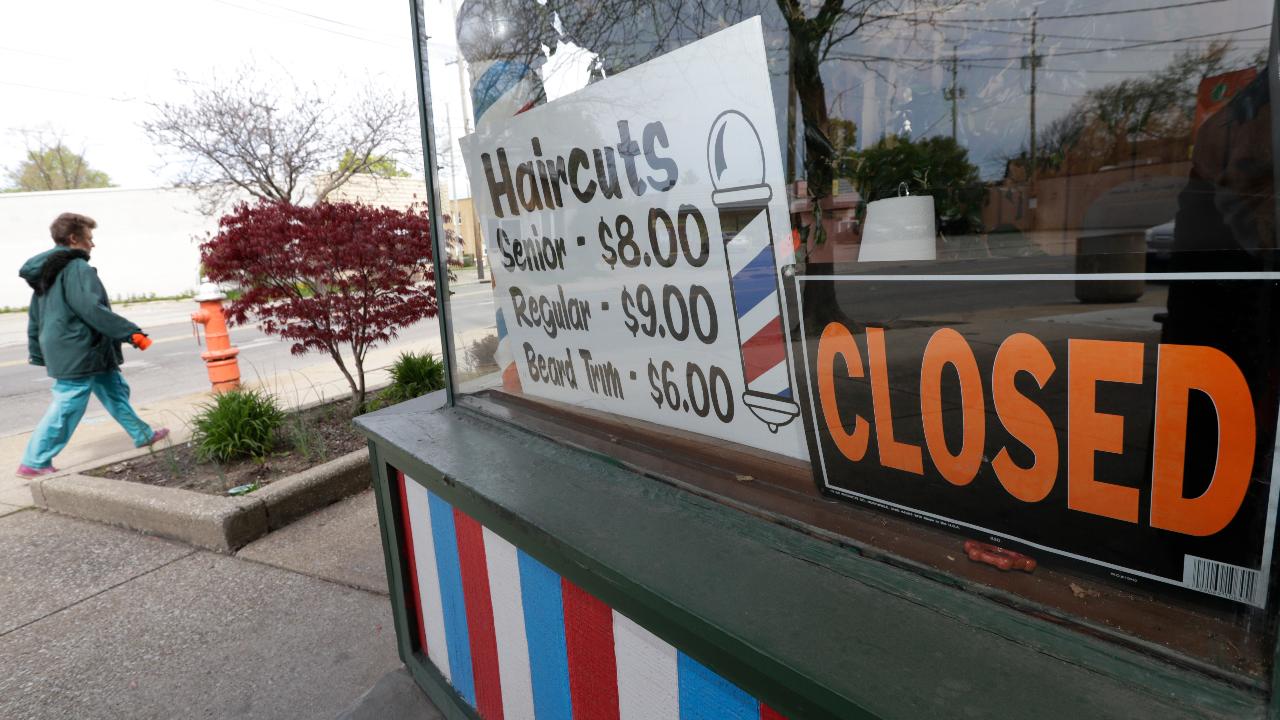SBA unveils new, 'borrower-friendly' forgiveness application for PPP loan recipients
The new application released by the Small Business Administration on Wednesday is just five pages long
The Trump administration on Wednesday released a new and simplified forgiveness application for small business owners who received a loan through the government-backed Paycheck Protection Program.
In a joint news release, the Small Business Administration and the Treasury Department announced they had posted a "borrower-friendly" five-page forgiveness application, which can be found here.
TRUMP SIGNS PPP REFORM BILL LOOSENING RESTRICTIONS ON SMALL BIZ LOAN RECIPIENTS
The agencies also released a three-page EZ Version, which applies to borrowers who are self-employed or have no employees; did not reduce the salaries or wages of their employees more than 25 percent and did not reduce the number of hours of their employees; or experienced reductions in business activity as a result of the coronavirus pandemic and did not reduce the salaries or wages of their employees by more than 25 percent.
The original application, released in mid-May, was 11 pages long.
A concern among small business owners who tapped the Paycheck Protection Program, a $610 billion fund established at the end of March, was that guidelines on how to spend the money were too strict and could potentially leave them on the hook for the money.
But the new application is just one of a slew of changes to the aid program, designed to help small businesses weather the coronavirus pandemic, in recent weeks.
WHAT HAPPENS TO YOUR UNEMPLOYMENT BENEFITS IF YOU REFUSE TO GO BACK TO WORK?
A bipartisan law signed by President Trump at the end of May eased the rules on how small business owners need to spend the money in order for it to be forgiven. Loan recipients are now only required to spend 60 percent of the aid on maintaining payroll, rather than the previous 75 percent rule. The money that can be spent on operating costs like rent and utilities increased to 40 percent from 25 percent.
The Paycheck Protection Program Flexibility Act extended the timeline for businesses to spend the money from two months to 24 weeks. However, if businesses choose to get the loan forgiven after eight weeks, they are still able to do so.
Another key aspect of the PPFA is that it gives businesses until Dec. 31 to rehire workers in order for their salaries to count toward forgiveness; previously, they had until June 30 -- a problem for some in states where businesses were slower to open their economies. The employee salary eligible for forgiveness is still capped at $100,000.
CONGRESS HAS FUNNELED TRILLIONS TO CORONAVIRUS RELIEF. WHERE IS THAT MONEY GOING?
The law also eased rehiring requirements for businesses. For instance, if a small business owner is unable to rehire an individual who was an employee on or before Feb. 15, or is able to prove they were unable to hire a similarly qualified candidate, their loan may still be eligible for forgiveness.
If the loans are not forgiven, a business will have five years at 1 percent interest to repay the loan, rather than the initial two years.
If the borrower received a loan worth more than $2 million, it will be automatically audited by the government, part of an effort to prevent large, public companies from accessing the fund.
The second round of PPP funding began April 27 after the initial tranche of $349 billion evaporated in just 13 days. As of Tuesday, more than 4.6 million loans worth close to $513 billion had been distributed through the program. Congress allocated about $610 billion to the PPP, leaving roughly $100 billion left over in the fund.




















